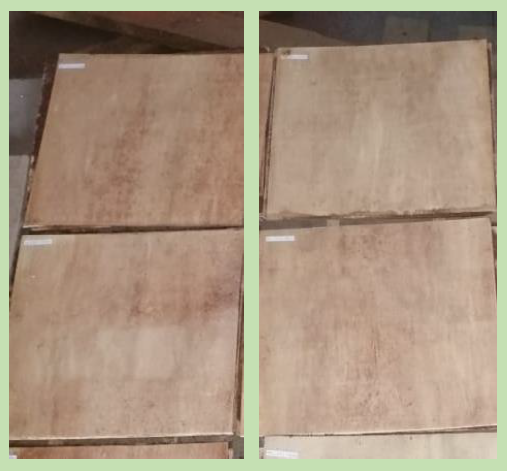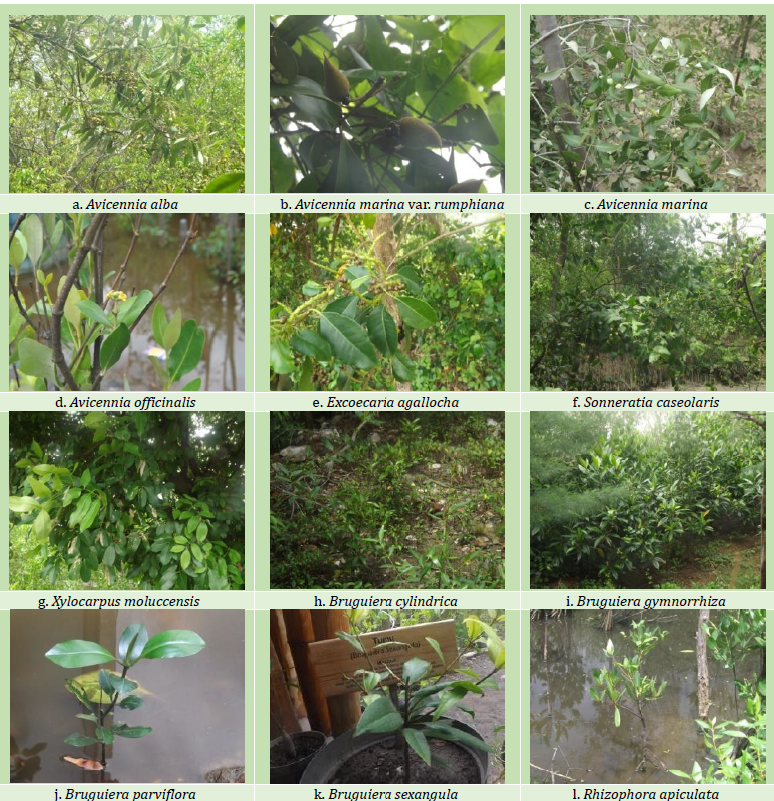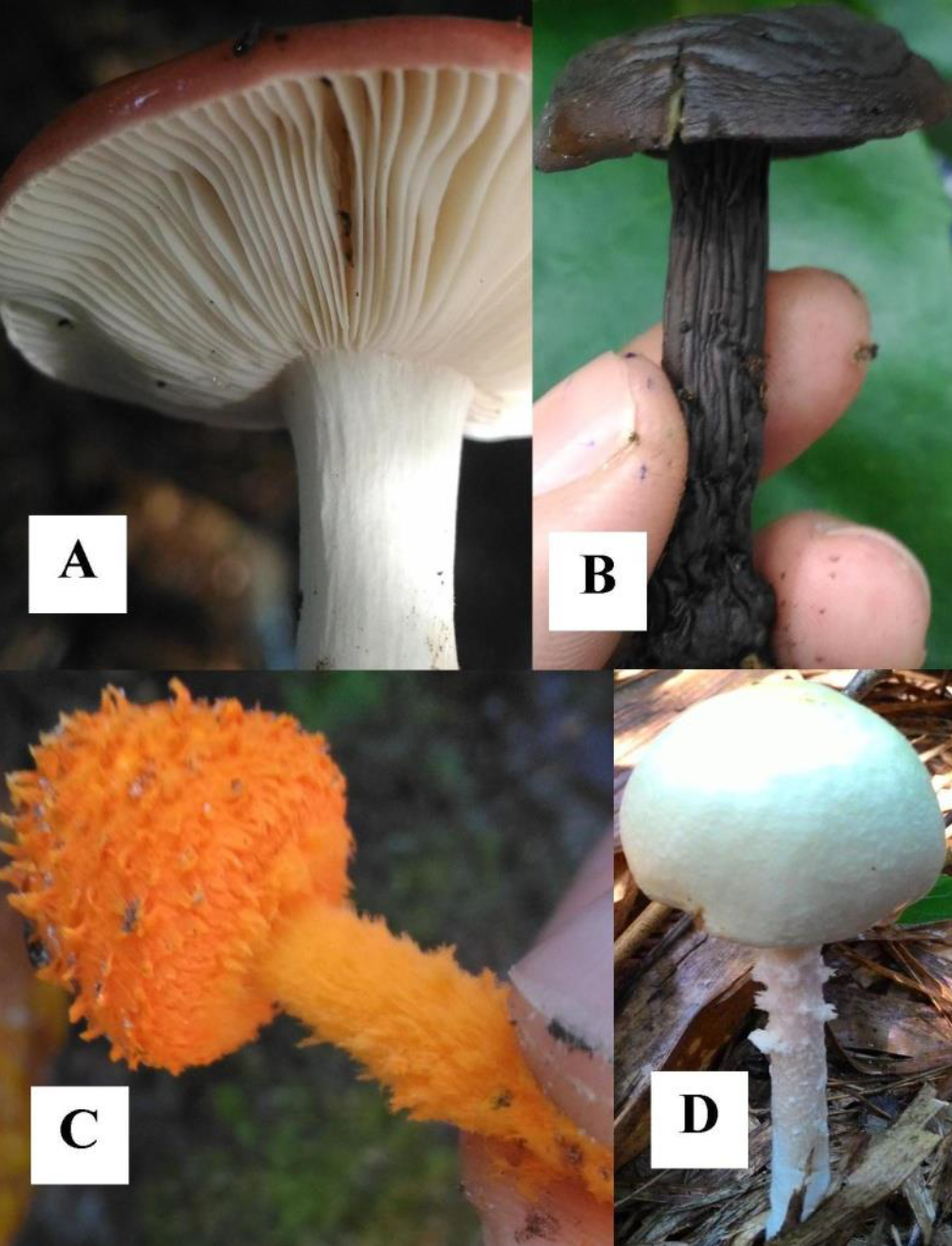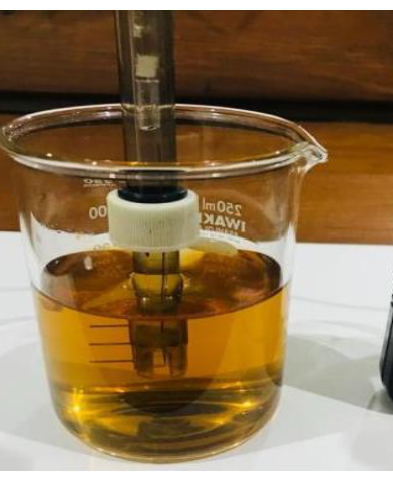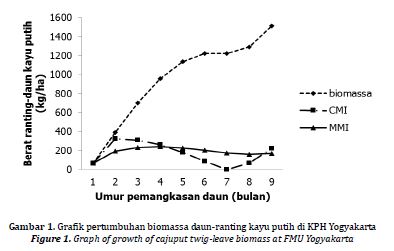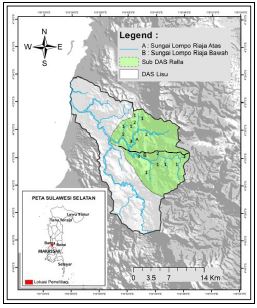Agarwood in the forest community and its potential depletion in West Papua
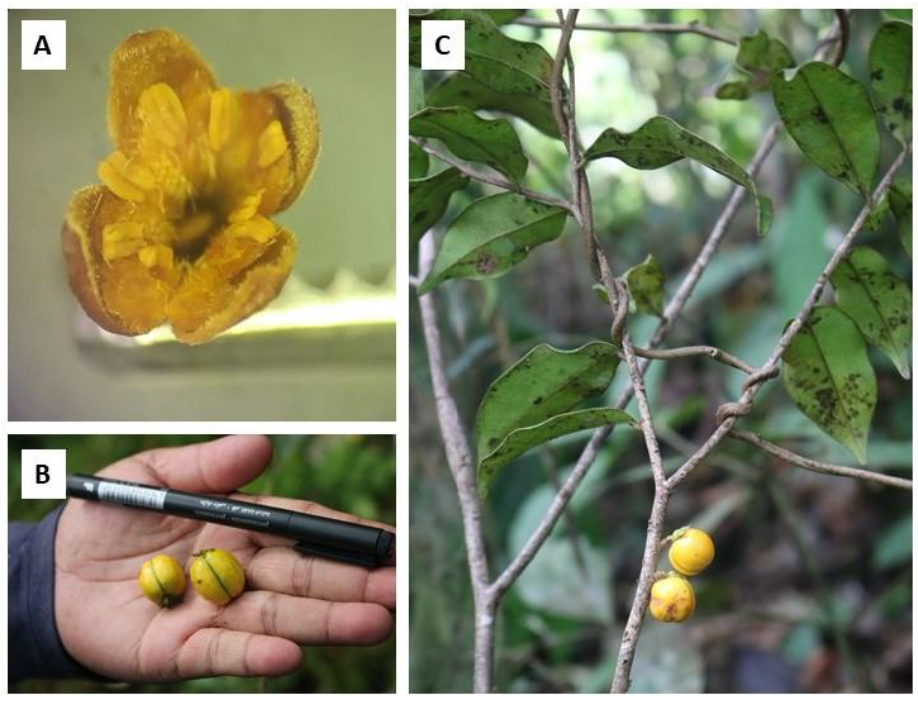
Downloads
Downloads
Abdi, H., & Williams, L. J. (2010). Principal component analysis. Wiley Interdisciplinary Reviews: Computational Statistics, 2(4), 433–459.
Agustini, L., Wahyuno, D., & Santoso, E. (2006). Keanekaragaman jenis jamur yang potensial dalam pembentukan gaharu dari batang Aquilaria spp. Jurnal Penelitian Hutan dan Konservasi Alam, 3(5), 555–564.
Anwar, J., Damanik, S. J., Hisyam, N., & Whitten, A. J. (1984). Ekologi ekosistem Sumatera. Yogyakarta: Gadjah Mada University Press.
Azah, M. N., Husni, S. S., Mailina, J., Sahrim, L., Majid, J. A., & Faridz, Z. M. (2013). Classification of agarwood (gaharu) by resin content. Journal of Tropical Forest Science, 25(2), 213–219.
Bartstra, G.-J. (Ed.). (1998). Bird’s Head approaches: Irian Jaya studies, a programme for interdisciplinary research. Modern Quaternary research in Southeast Asia. Rotterdam, Netherlands; Brookfield, VT: Balkema.
BBKSDA Papua Barat. (2016). Buku informasi kawasan konservasi Balai Besar Konservasi Sumber Daya Alam Papua Barat. Sorong, Papua Barat: Balai Besar KSDA Papua Barat.
Budi, S. W., Santoso, E., & Wahyudi, A. (2010). Identifikasi jenis-jenis fungi yang potensial terhadap pembentukan gaharu dari batang Aquilaria spp. Jurnal Silvikultur Tropika, 1(1), 1–5.
Cebrian, J. (1999). Patterns in the fate of production in plant communities. The American Naturalist, 154(4), 449–468.
CITES. (2017). Appendices I, II and III the Convention on International Trade in Endangered Species of Wild Fauna and Flora. CITES. Retrieved July 25, 2019, from https://cites.org/sites/default/files/eng/app/2017/E-Appendices-2017-10-04.pdf
Destri, Mutaqien, Z., Samsudin, D. A., Rustandi, Emus, & Susanto, E. (2019). Distribusi dan Populasi Tumbuhan Penghasil Gaharu di Kawasan Sorong Raya, Papua Barat, Indonesia. Proseding Seminar Nasional Pemanfaatan Tumbuhan dan Satwa Liar (pp. 26–32). Presented at the Seminar Nasional Konservasi dan Pemanfaatan Tumbuhan dan Satwa Liar, 27 November 2018, Cibinong: Pusat Penelitian Biologi LIPI.
Donovan, D., & Puri, R. (2004). Learning from traditional knowledge of non-timber forest products: Penan Benalui and the autecology of Aquilaria in Indonesian Borneo. Ecology and Society, 9(3), 3.
Gibson, I. A. S. (1977). The role of fungi in the origin of oleoresin deposits (Agaru) in the wood of Aquilaria Agallocha Roxb. Bano Biggyan Patrika, 6, 16–26.
Hou, D. (1960). Flora Malesiana: Thymeleaceae. I (Vol. 6). Leiden, The Netherlands: Noordhoff-Kolff.
IUCN. (2018). The IUCN red list of threatened species. IUCN Red List of Threatened Species. Retrieved July 25, 2019, from https://www.iucnredlist.org/en
Kassambra, A., & Mundt, F. (2017). factoextra: Extract and visualize the results of multivariate dana analyses. CRAN. Retrieved July 24, 2019, from https://cran.r-project.org/web/packages/factoextra/factoextra.pdf
Komar, T. E., Wardani, M., Hardjanti, F. I., & Ramdhania, N. (2014). In-situ and ex-situ conservation of aquilaria and gyrinops: A review. (Bismark, E. Santoso, & A. P. Tampubolon, Eds.). Bogor, Indonesia: Ministry of Forestry, Forest Research and Development, Center for Conservation and Rehabilitation Research and Development in cooperation with International Tropical Timber Organization (ITTO)-CITES Phase III Project. Retrieved from http://www.forda-mof.org/files/Insitu_and_Eksitu_Conservartion_of_Aquilaria_n_Gyrinops.pdf
Le , S., Josse, J., Husson, F., & others. (2008). FactoMineR: An R package for multivariate analysis. Journal of statistical software, 25(1), 1–18.
Liu, Y., Chen, H., Yang, Y., Zhang, Z., Wei, J., Meng, H., Chen, W., Feng, J., Gan, B., Chen, X., Gao, Z., Huang, J., Chen, B., & Chen, H. (2013). Whole-tree agarwood-inducing technique: An efficient novel technique for producing high-quality agarwood in cultivated Aquilaria sinensis trees. Molecules, 18(3), 3086–3106.
Liu, Y., Wei, J., Gao, Z., Zhang, Z., & Lyu, J. (2017). A review of quality assessment and grading for Agarwood. Chinese Herbal Medicines, 9(1), 22–30.
Marwiyati. (2012). Ekologi vegetasi dan etnobotani kawasan karst Gunung Cibodas, Ciampea, Bogor (Skripsi). Institut Pertanian Bogor, Bogor, Indonesia. Retrieved July 24, 2019, from https://repository.ipb.ac.id/jspui/bitstream/123456789/60605/1/G12mar.pdf
Mat, M. S. C., Nor, M. A. M., Diah, J. M., Din, M. A. M., Hashim, K. A., & Manan Samad, Abd. (2014). Tree age estimation by tree diameter measurement using digital close range photogrammetry (DCRP). 2014 IEEE International Conference on Control System, Computing and Engineering (ICCSCE 2014) (pp. 421–426). Presented at the 2014 IEEE International Conference on Control System, Computing and Engineering (ICCSCE), 28-30 November 2014, Penang, Malaysia: IEEE. Retrieved July 24, 2019, from http://ieeexplore.ieee.org/document/7072756/
Mohamed, R. (Ed.). (2016). Agarwood: Science behind the fragrance. Tropical Forestry. New York, NY: Springer Berlin Heidelberg. Retrieved from https://link.springer.com/book/10.1007%2F978-981-10-0833-7
Mulyaningsih, T., & Yamada, I. (2007). Notes on some species of Agarwood in Nusa Tenggara, Celebes and West Papua. In K. Tanaka, K. Mizuno, M. Okamoto, K. Osozawa, J. Akamine, & M. Ichikawa (Eds.), Natural resource management and socio-economic transformation under the decentralization in Indonesia: Toward Sulawesi area studies (pp. 365–372). Kyoto, Japan: CSEAS Kyoto University.
Odum, E. P. (1969). The strategy of ecosystem development. Science, 164(3877), 262–270.
Persoon, G. A., & van Beek, H. H. (2008). Growing ‘The Wood of The Gods’: Agarwood production in Southeast Asia. In D. J. Snelder & R. D. Lasco (Eds.), Smallholder Tree Growing for Rural Development and Environmental Services (Vol. 5, pp. 245–262). Dordrecht: Springer Netherlands. Retrieved July 24, 2019, from http://link.springer.com/10.1007/978-1-4020-8261-0_12
R Core Team. (2017). R: A language and environment for statistical computing. Vienna, Austria: R Foundation for Statistical Computing. Retrieved February 27, 2017, from https://www.R-project.org/
Ranlund, A . (2011). Structure and tree diversity of lowland limestone forest on Seram Island, Indonesia (Master thesis). Swedish University of Agricultural Sciences, Uppsala, Sweden. Retrieved from https://stud.epsilon.slu.se/3720/1/ranlund_a_111220.pdf
Roemantyo, & Partomihardjo, T. (2010). Analisis prediksi sebaran alami gaharu marga Aquilaria dan Gyrinops di Indonesia. Berita Biologi, 10(2), 189–198.
Schoener, T. W. (1989). Food webs from the small to the large: The Robert H. MacArthur award lecture. Ecology, 70(6), 1559–1589.
Semiadi, G., Wiriadinata, H., Waluyo, E. B., & Darnaedi, D. (2010). Rantai pasokan produk tumbuhan gaharu (Aquilaria spp.) asal Merauke, Papua. Buletin Plasma Nutfah, 16(2), 150–159.
Siburian, R. H. S. (2009). Keragaman genetik Gyrinops verstegii asal Papua berdasarkan RAPD dan Mikrosatelit (Master thesis). Institut Pertanian Bogor, Bogor, Indonesia. Retrieved from https://repository.ipb.ac.id/bitstream/handle/123456789/5273/2009rhs.pdf?sequence=4&isAllowed=y
Sitepu, I. R., Santoso, E., Siran, S. A., & Turjaman, M. (2011). Fragrant wood gaharu: When the wild can no longer provide (Vol. Production and utilization technology for sustainable development of Eaglewood (gaharu) in Indonesia). Bogor, Indonesia: Forestry Research and Development Agency (FORDA), R&D Centre for Forest Conservation and Rehabilitation. Retrieved from http://www.forda-mof.org/files/FRAGRANT%20WOOD%20GAHARU.pdf
Soehartono, T., & Newton, A. C. (2000). Conservation and sustainable use of tropical trees in the genus Aquilaria I. Status and distribution in Indonesia. Biological Conservation, 96(1), 83–94.
Soehartono, T., & Newton, A. C. (2002). The gaharu trade in Indonesia: Is it sustainable? Economic Botany, 56(3), 271–284.
Suhartati, & Wahyudi, A. (2011). Pola agroforestry tanaman penghasil gaharu dan kelapa sawit. Jurnal Penelitian Hutan dan Konservasi Alam, 8(4), 363–371.
Sumarna, Y. (2008). Beberapa aspek ekologi, populasi pohon, dan permudaan alam tumbuhan penghasil gaharu kelompok Karas (Aquilaria spp.) di wilayah Provinsi Jambi. Jurnal Penelitian Hutan dan Konservasi Alam, 5(1), 93–99.
Turjaman, M., & Hidayat, A. (2017). Agarwood-planted tree inventory in Indonesia. IOP Conference Series: Earth and Environmental Science (Vol. 54, p. 012062). Presented at the The 3rd International Symposium on LAPAN-IPB Satellite for Food Security and Environmental Monitoring 2016, 25-26 October 2016, Bogor, Indonesia. Retrieved July 24, 2019, from https://doi.org/10.1088%2F1755-1315%2F54%2F1%2F012062
Turjaman, M., Hidayat, A., & Santoso, E. (2016). Development of agarwood induction technology using endophytic fungi. In R. Mohamed (Ed.), Agarwood (pp. 57–71). Singapore: Springer Singapore. Retrieved July 24, 2019, from http://link.springer.com/10.1007/978-981-10-0833-7_4
Vermeulen, J. J., & Whitten, T. (1999). Biodiversity and cultural property in the management of limestone resources: Lessons from East Asia. Directions in development. Washington, D.C: World Bank.
Wickham, H. (2009). ggplot2: Elegant Graphics for Data Analysis. Use R! New York: Springer-Verlag. Retrieved July 24, 2019, from https://www.springer.com/gp/book/9780387981413








